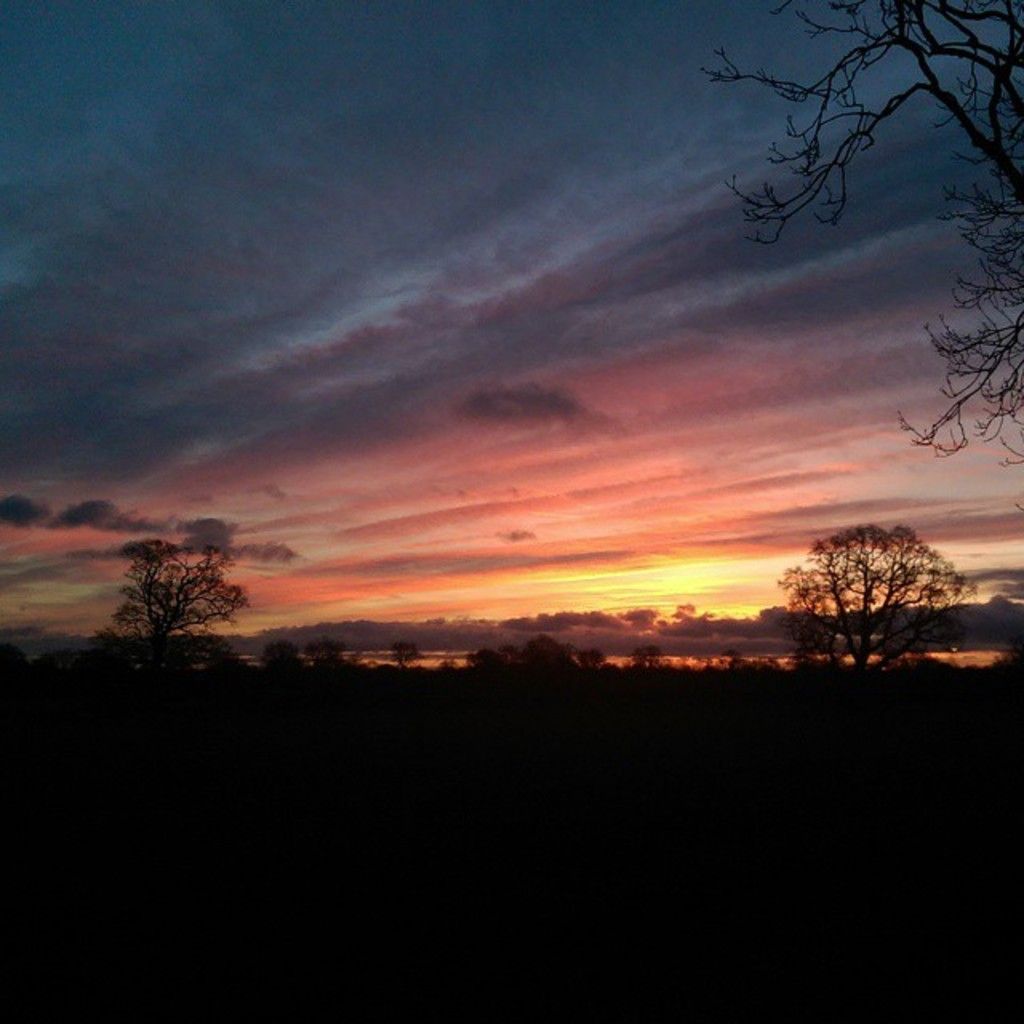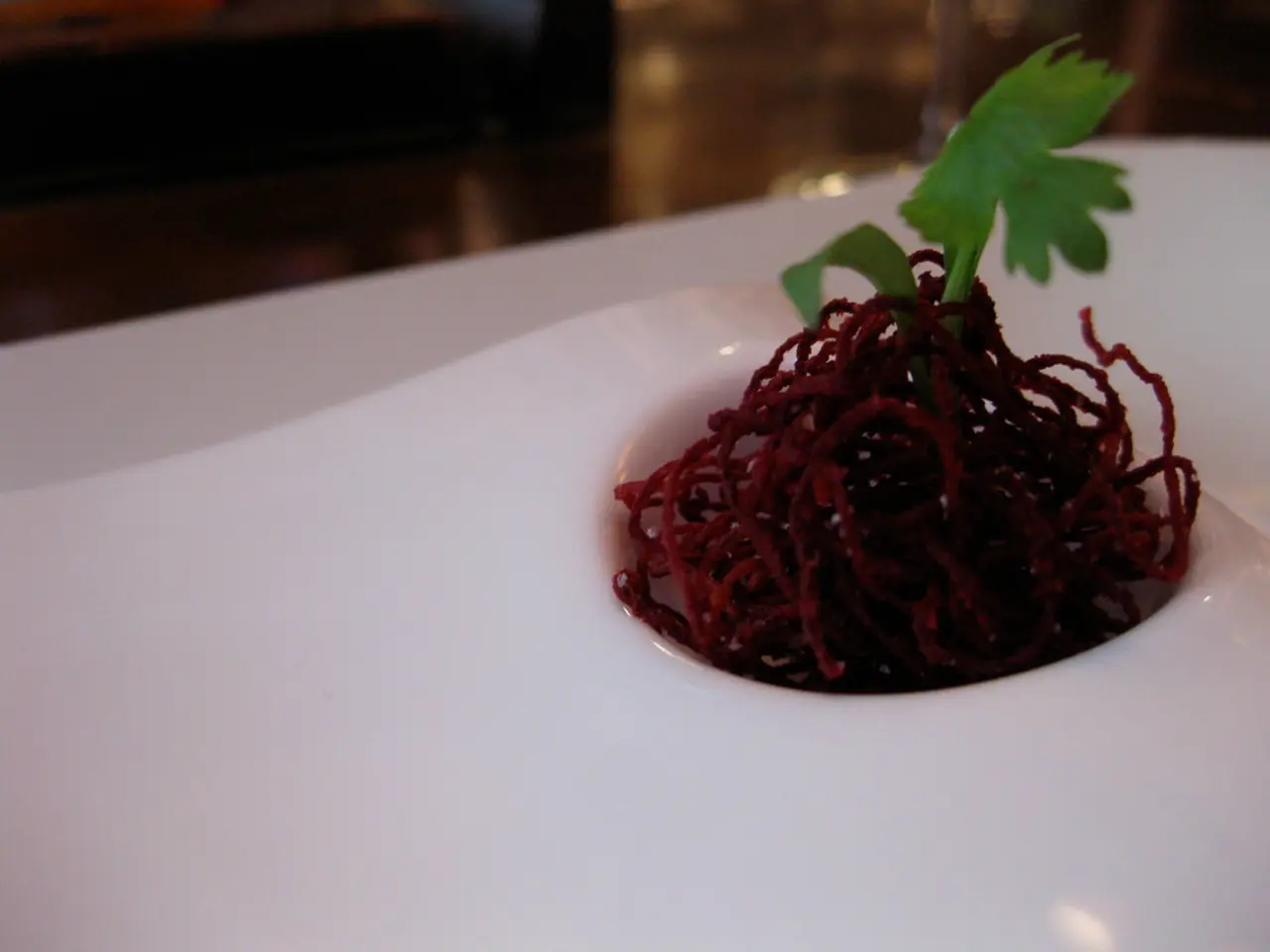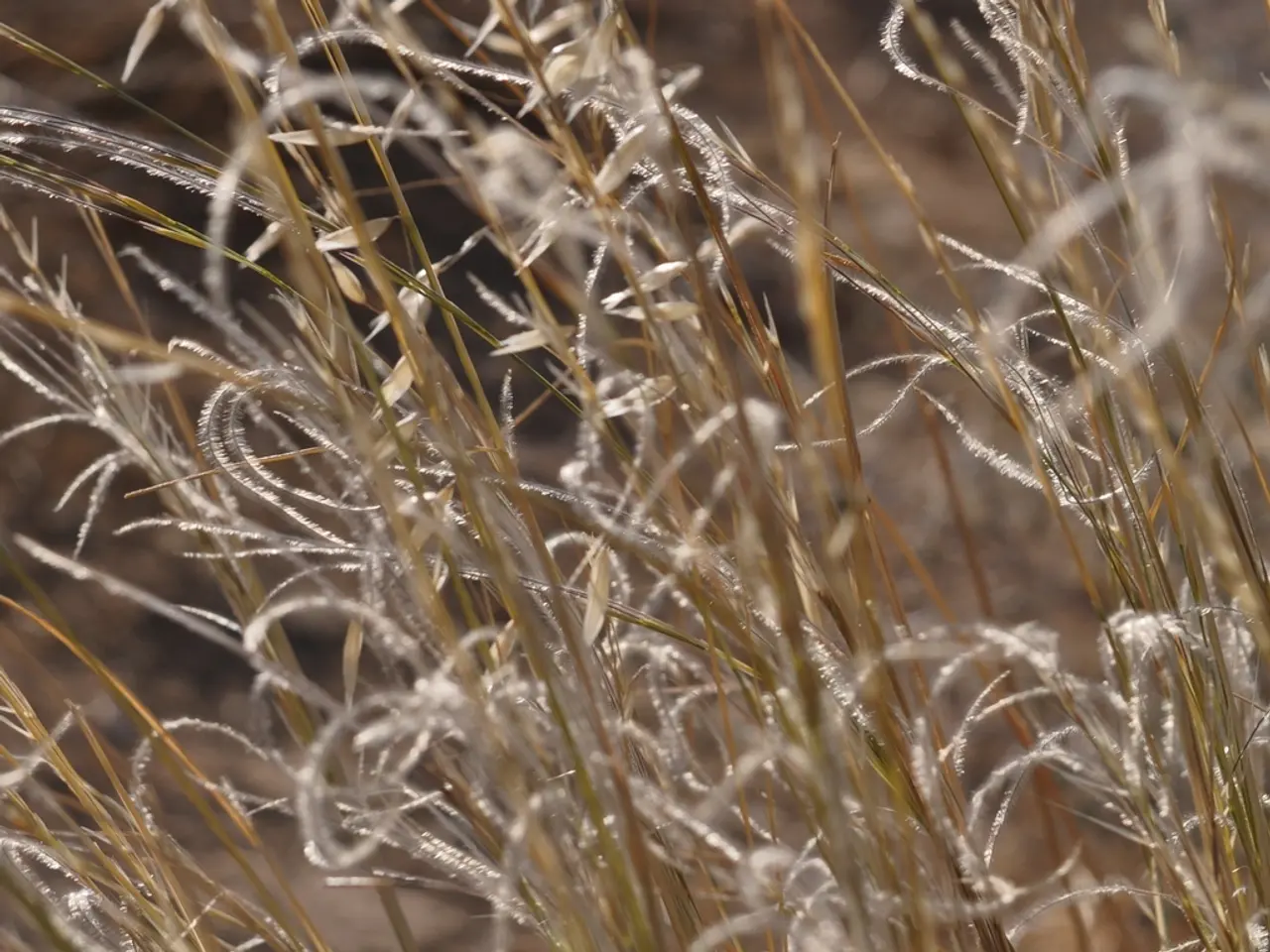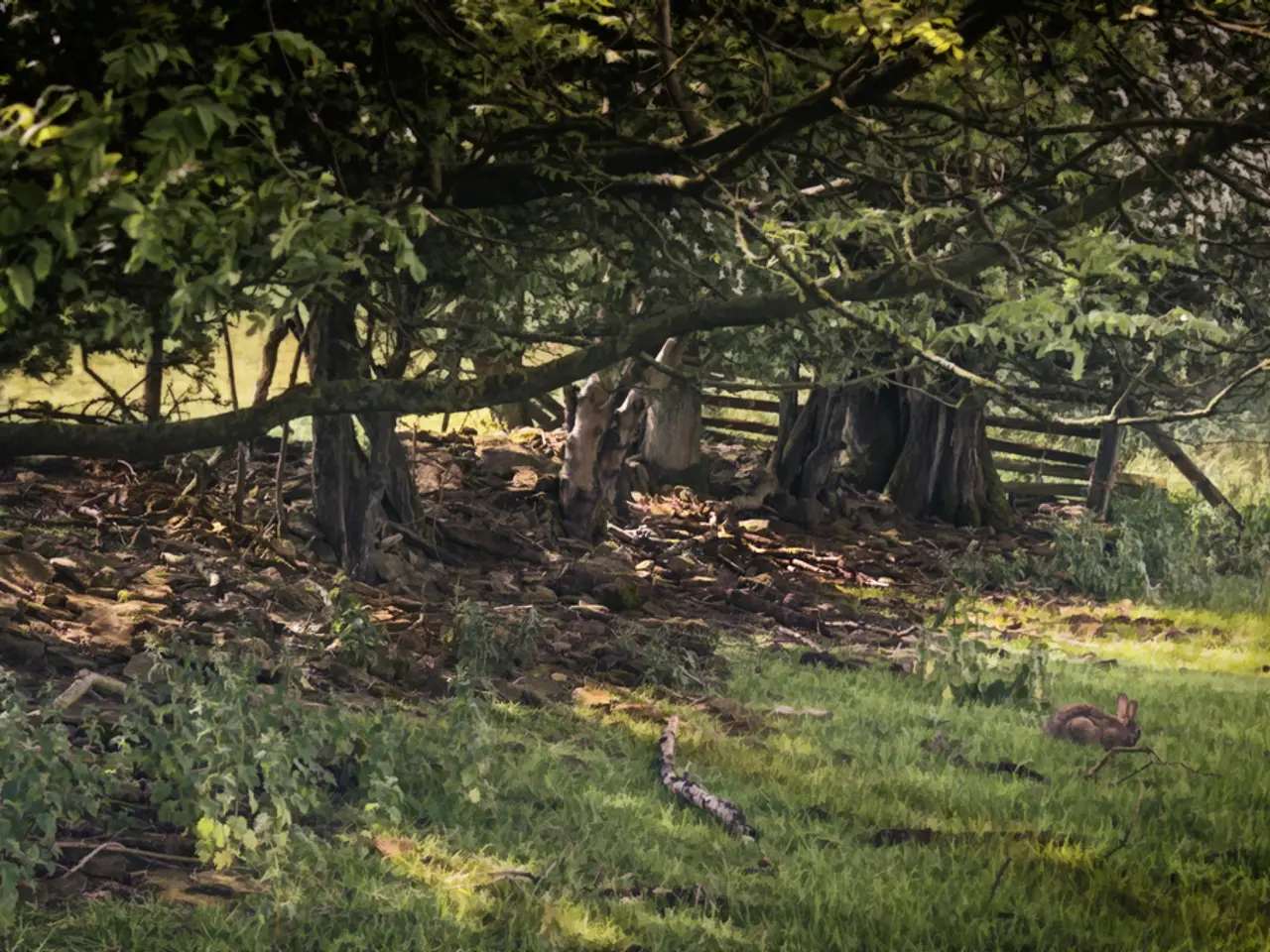Nurturing With a Purpose: A Guide to Establishing a Garden Attractive to Pollinators
Ready to liven up your yard or balcony? Ditch the ordinary and transform it into a buzzing haven for pollinators! Planting a pollinator garden brimming with native plants can bring a touch of nature right to your doorstep. These gardens attract a symphony of birds, bees, butterflies, and more - all playing their essential role in pollination.
Pollinators are nature's silent workers, transferring pollen from one flower to another, ensuring the reproduction of crops and wild plants. Tragically, pollinator species are in sharp decline due to habitat loss, disease, pesticides, and climate change. Many species, like the Quino checkerspot, Saint Francis' satyr, Karner blue, Rusty Patch, Franklin's bumble bees, and the Monarch Butterfly, are endangered under the U.S. Endangered Species Act. The good news? You can help! With a pollinator garden, you can provide a sanctuary for these incredible creatures.
Need a kickstart? Check out this awesome video on how to get started with Defenders of Wildlife! Who knows? You might just become a pollinator savior!
Now, let's talk plants. When it comes to your pollinator garden, native plants are the name of the game. These plants have evolved with local pollinators, offering them tasty nectar and pollen while thriving in the local climate with minimal fuss.
Start with these native favorites:
- Lemon Queen Sunflowers are winners in the pollinator world, packed with nectar and pollen that attracts bees, butterflies, and even birds. Position them in a sunny spot for optimal growth.
- Milkweed - heaven for monarch butterflies! Monarch caterpillars feast exclusively on milkweed, and female monarchs will only lay eggs on this plant, ensuring the butterfly's future relies on its presence. Plus, the plant's toxins ward off predators.
- Salvias - also known as "bee heaven," the sage family is loved by bees for their fragrant buds rich in nectar.
Remember these tips for a successful pollinator garden:
- Stagger bloom times: the key to keeping pollinators content is enough food sources all season long!
- Skip the pesticides: pollinators are sensitive souls. Opt for a pesticide-free garden that promotes harmony between beneficial insects and pesky pests.
- Add variety: logs, soil patches, and rocks create a micro-habitat for pollinators even in small gardens.
Your pollinator paradise isn't just about looking good - it's about supporting local biodiversity, creating vital habitats, and letting wildlife thrive. Whether you've got a full yard or a teensy balcony, everyone can join the charge to support pollinators!
Tending a home-and-garden focused on native plants like Lemon Queen Sunflowers, Milkweed, and Salvias can turn your space into a vibrant hub for pollinators, contributing to the livelihood of species such as bees, butterflies, and birds. By planting these natives and adhering to gardening best practices such as staggering bloom times, avoiding pesticides, and adding habitat-enhancing elements, you're not only cultivating a beautiful garden, but also nurturing a vital link in the ecosystem – the pollinators.






